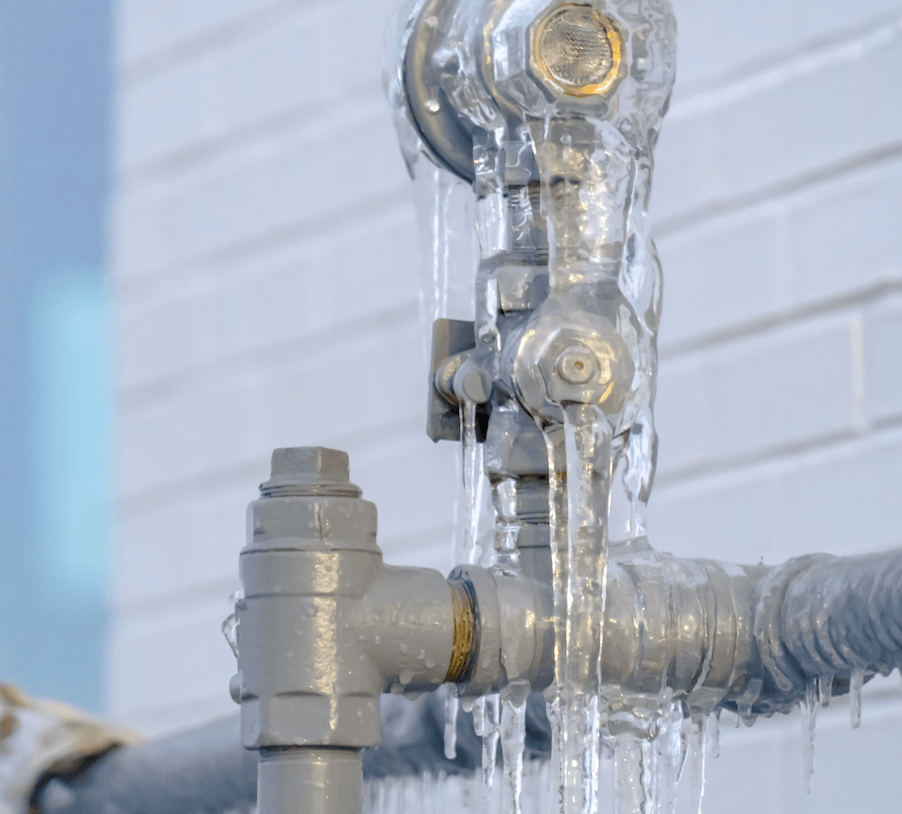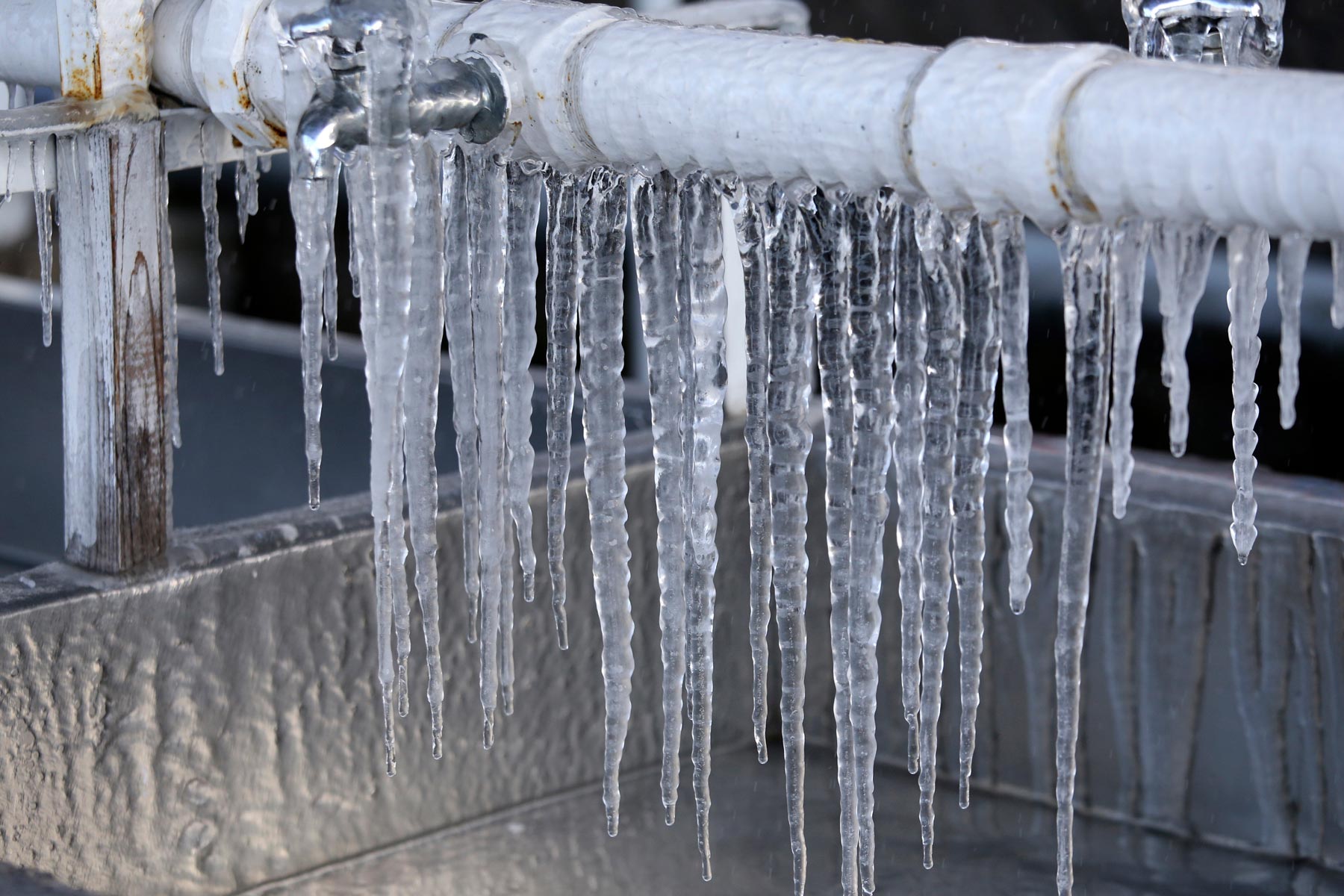Tips to Protect Pipes from Freezing: Specialist Advice
Tips to Protect Pipes from Freezing: Specialist Advice
Blog Article
Nearly everybody will have their own concepts in relation to Preventing and dealing with frozen pipes.

Winter can damage your pipes, especially by freezing pipelines. Here's exactly how to prevent it from occurring and what to do if it does.
Intro
As temperatures drop, the danger of icy pipes increases, potentially resulting in expensive fixings and water damages. Understanding exactly how to avoid frozen pipelines is vital for homeowners in cold climates.
Comprehending Frozen Pipes
What triggers pipes to freeze?
Pipes freeze when exposed to temperature levels listed below 32 ° F (0 ° C) for extended periods. As water inside the pipes ices up, it broadens, putting pressure on the pipeline walls and potentially triggering them to break.
Dangers and problems
Icy pipes can cause water system interruptions, home damage, and expensive repairs. Ruptured pipes can flood homes and trigger considerable structural damage.
Signs of Frozen Pipeline
Recognizing icy pipelines early can avoid them from rupturing.
Exactly how to identify icy pipes
Look for lowered water circulation from taps, uncommon smells or sounds from pipelines, and noticeable frost on revealed pipelines.
Avoidance Tips
Protecting at risk pipelines
Cover pipes in insulation sleeves or use warm tape to secure them from freezing temperatures. Concentrate on pipelines in unheated or outside locations of the home.
Home heating methods
Maintain indoor areas adequately warmed, particularly locations with pipes. Open up cabinet doors to allow warm air to circulate around pipes under sinks.
Protecting Outside Pipes
Garden hose pipes and outside taps
Separate and drain pipes yard hose pipes before winter season. Mount frost-proof faucets or cover outdoor faucets with insulated caps.
What to Do If Your Pipelines Freeze
Immediate activities to take
If you believe frozen pipelines, keep faucets available to ease stress as the ice thaws. Utilize a hairdryer or towels taken in warm water to thaw pipelines gradually.
Long-Term Solutions
Architectural adjustments
Think about rerouting pipes far from exterior walls or unheated locations. Include extra insulation to attics, basements, and crawl spaces.
Upgrading insulation
Invest in top quality insulation for pipes, attic rooms, and wall surfaces. Appropriate insulation helps keep constant temperatures and lowers the danger of frozen pipes.
Verdict
Stopping frozen pipelines calls for positive actions and quick actions. By understanding the reasons, indicators, and preventive measures, house owners can shield their plumbing during winter.
5 Ways to Prevent Frozen Pipes
Drain Outdoor Faucets and Disconnect Hoses
First, close the shut-off valve that controls the flow of water in the pipe to your outdoor faucet. Then, head outside to disconnect and drain your hose and open the outdoor faucet to allow the water to completely drain out of the line. Turn off the faucet when done. Finally, head back to the shut-off valve and drain the remaining water inside the pipe into a bucket or container. Additionally, if you have a home irrigation system, you should consider hiring an expert to clear the system of water each year.
Insulate Pipes
One of the best and most cost-effective methods for preventing frozen water pipes is to wrap your pipes with insulation. This is especially important for areas in your home that aren’t exposed to heat, such as an attic. We suggest using foam sleeves, which can typically be found at your local hardware store.
Keep Heat Running at 65
Your pipes are located inside your walls, and the temperature there is much colder than the rest of the house. To prevent your pipes from freezing, The Insurance Information Institute suggests that you keep your home heated to at least 65 degrees, even when traveling. You may want to invest in smart devices that can keep an eye on the temperature in your home while you’re away.
Leave Water Dripping
Moving water — even a small trickle — can prevent ice from forming inside your pipes. When freezing temps are imminent, start a drip of water from all faucets that serve exposed pipes. Leaving a few faucets running will also help relieve pressure inside the pipes and help prevent a rupture if the water inside freezes.
Open Cupboard Doors
Warm your kitchen and bathroom pipes by opening cupboards and vanities. You should also leave your interior doors ajar to help warm air circulate evenly throughout your home.

We had been made aware of that editorial about Helpful Tips to Prevent Frozen Pipes this Winter through a buddy on another blog. Are you aware of somebody else who is interested by the topic? Feel free to share it. Thank you so much for taking the time to read it.
Call Today Report this page